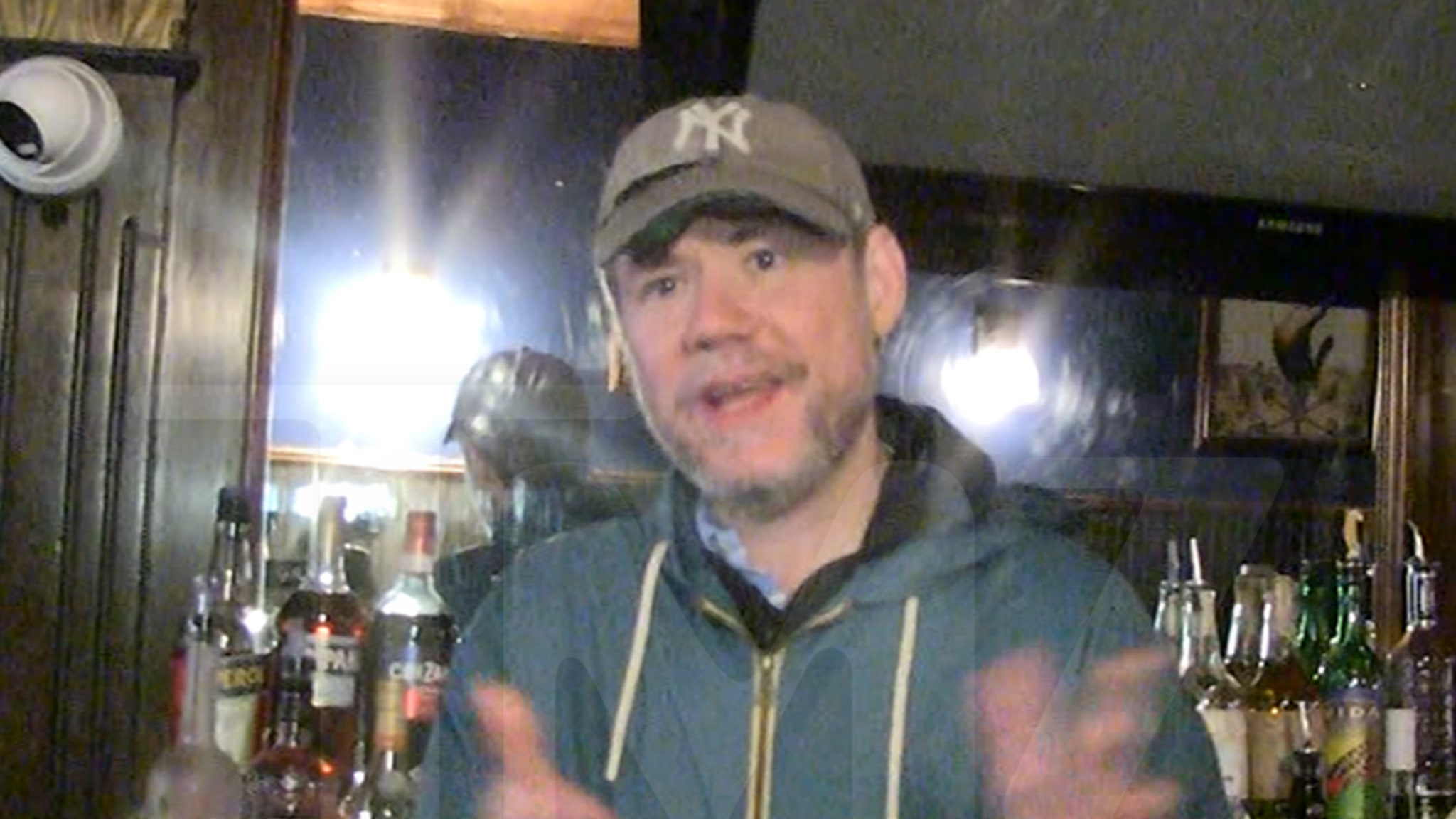Culture
Why Kristi Noem Is in the Doghouse

In April 1964, President Lyndon B. Johnson was photographed lifting one of his beagles (he had two, named Him and Her) by the ears. The picture, published in Life magazine, caused widespread public outcry. Johnson apologized — and after leaving the White House released an EP called “Dogs Have Always Been My Friends.” But the episode became part of his legend and legacy.
The immediate political fallout, though, was minimal. Johnson won the 1964 presidential election in a landslide. There’s no indication that manhandling his dog helped him defeat Barry Goldwater, but it doesn’t seem to have hurt.
Kristi Noem is no L.B.J. The South Dakota governor, frequently mentioned as a potential running mate for Donald J. Trump, wrote in “No Going Back,” her just-published memoir, about shooting Cricket, her family’s 14-month-old German wirehair pointer. The criticism has been ferocious, including from within Noem’s party. Trump, whose non-love for dogs is well-documented, has expressed his revulsion, as has Mitt Romney, who dealt with a canine-mistreatment scandal of his own during the 2012 campaign.
Appearing on “Face the Nation” on Sunday, Noem was unapologetic. She insisted that Cricket, whom she described in her book as an “untrainable” chicken-killer, got what was coming. More than that, she tried to reclaim political advantage by giving the issue a partisan, culture-war spin.
What about Joe Biden? Not that he’s a puppy killer. Quite the contrary: Noem criticized the president for not euthanizing — or just plain blowing away — Commander, a German shepherd and serial biter who has attacked, according to Noem, “24 Secret Service people.” “How many people is enough people to be attacked and dangerously hurt before you make a decision on a dog?” she said. In her book, she implies that, were she in the executive branch, she’d take out Biden’s dog herself: “Commander, say hello to Cricket for me.”
All of this has been portrayed as a career-detonating political blunder, a monumental failure to read the room, which in mid-2020s America is strewed with dismembered chew toys. We may not like one another all that much these days, but red or blue, MAGA or woke, we sure do love dogs.
(Maybe not all of us, but it seems unlikely that Noem is sending a signal — I guess we can’t call it a dog whistle — to anti-canine voters. When have cat people ever swung an election?)
In a Hollywood movie, harming a dog is often a sign of utter, unredeemable depravity. It’s no surprise that Almira Gulch, on her bicycle taking Toto “to the sheriff to make sure he’s destroyed,” turns into the Wicked Witch of the East. The most over-the-top Disney villain is surely Cruella de Vil from “101 Dalmations” — “devil” is right there in her name.
The unending slaughter of humans in the “John Wick” movies begins as the hero’s righteous payback after some bad guys kill his beagle. In Stephen King’s “The Dead Zone,” Greg Stillson appears to most of the world as a charismatic and popular politician. The reader knows otherwise, having seem him mercilessly kick a dog to death in the book’s prologue.
This is obviously not the company that any ambitious politician wants to keep. Dogs have long been the friends of presidents, Trump being a notable exception in recent times. After Richard Nixon joined Dwight Eisenhower’s ticket for the presidency in 1952, a cocker spaniel named Checkers — or at least a speech about that dog — saved him from disgrace. On his record, L.B.J. actually sings a duet with Yuki, a mixed-breed rescue who had sometimes accompanied him to White House news conferences.
Americans like their presidents to be dog people — or maybe presidents assume that’s what the people want. While Noem admits that she “hated” Cricket, she does insist on being seen as a particular kind of dog person: the unsentimental, law-and-order, decisively alpha kind, in keeping with the style of governance that “No Going Back” seeks to promote.
Johnson claimed that picking up beagles by the ears was common practice in rural Texas where he grew up. Noem uses Cricket to embroider her own version of rough-hewed, small-town, middle-American authenticity.
Sometimes, in that world, it’s necessary to shoot a dog. In books and movies, not everyone who kills a dog is a monster. What about Atticus Finch, who steps out into the street to blast a rabid cur? What about “Old Yeller,” in which the titular pooch — as fine a dog as ever graced the screen — also catches rabies, and a bullet? These deaths are somber, even tragic, sad necessities in a world defined by human fallibility and canine innocence.
The most sympathetic reading of the Cricket story — though not to Cricket, of course — is that it’s Noem’s attempt to work in this genre, to lay down a hard and homely truth while also burnishing her leadership credentials. The reaction may have more to do with the manner of the telling than with the content of the tale. The hero might have to shoot the dog. The villain brags about it.




















